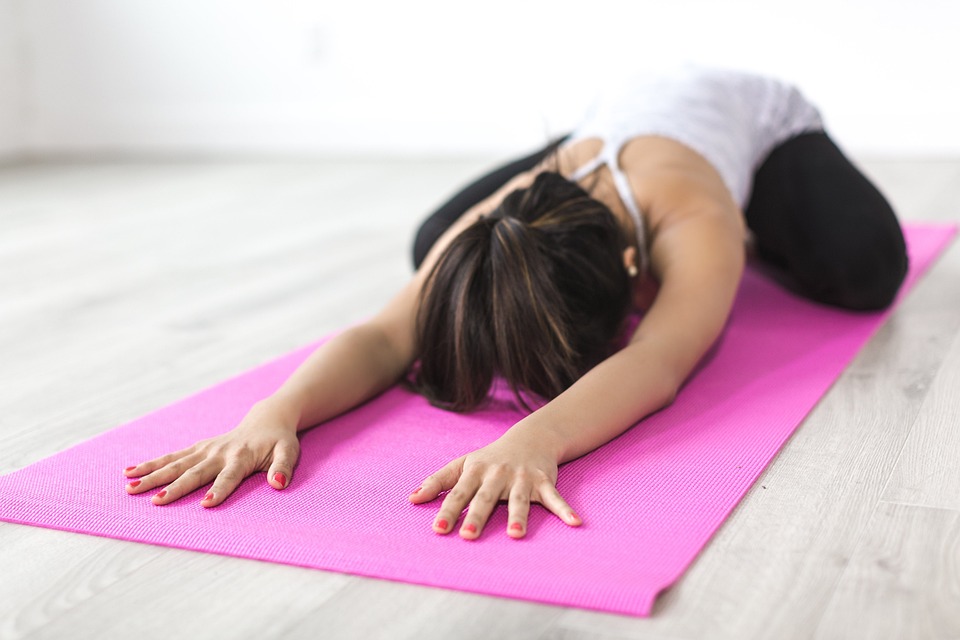Introduction
Mindfulness meditation is a practice that involves focusing your attention on the present moment, without judgment. It can help reduce stress, improve focus, and enhance emotional well-being. Here is a comprehensive guide to practicing mindfulness meditation.
Getting Started
1. Find a quiet space: Choose a peaceful environment where you can meditate without being disturbed. This could be a corner of your home, a park, or a meditation center.
2. Get into a comfortable position: Sit in a chair or cross-legged on a cushion, ensuring that your spine is straight but not too tense.
3. Set a timer: Start with shorter durations, like 5 or 10 minutes, and gradually increase as you become more comfortable with the practice.
Focusing on Breath
1. Observe your breath: Pay attention to the sensation of your breath as it goes in and out. Notice the rising and falling of your abdomen or the airflow through your nose.
2. Gently guide your attention: Whenever your mind wanders, bring your focus back to the breath without judgment or frustration. It’s normal for thoughts to arise; simply acknowledge them and let them go.
3. Practice deep breathing: Take a few deep breaths, inhaling slowly through your nose and exhaling through your mouth. Deep breathing can help relax your body and mind.
Body Scan Meditation
1. Start with the breath: Begin by focusing on your breath and letting it guide your attention through the body.
2. Move through each body part: Starting from the top of your head, gradually scan your body, bringing awareness to each region. Notice any sensations, tension, or areas of relaxation.
3. Cultivate acceptance: As you observe each body part, practice non-judgment and acceptance of any discomfort or sensations that arise. Breathe into those areas and allow any tension to release.
Loving-Kindness Meditation
1. Set an intention: Begin by setting an intention for your practice, such as cultivating feelings of love, compassion, or forgiveness.
2. Focus on loving-kindness phrases: Repeat phrases like “May I be happy. May I be healthy. May I be safe. May I live with ease,” directing them to yourself. Then, extend these wishes to others, starting with loved ones, neutral individuals, and even difficult people.
3. Radiate loving-kindness: Visualize the positive energy generated by the phrases expanding beyond yourself, enveloping others and fostering a sense of connectedness and compassion.
Walking Meditation
1. Choose a peaceful path: Find a quiet area, indoors or outdoors, where you can walk slowly without distractions. Preferably, have a designated route, like a walking track or a path in nature.
<壯陽藥
p>2. Focus on each step: Pay attention to the sensations in your feet as they touch the ground. Be aware of the shifting of your weight and the movement of your legs.
3. Engage your senses: Notice the sounds, smells, and sights around you. Stay present with each moment as you walk, allowing your mind to let go of distractions and worries.
Conclusion
Practicing mindfulness meditation can be a transformative journey that enhances your overall well-being. Remember to be patient and gentle with yourself as you develop this invaluable skill. By dedicating regular time to mindfulness, you’ll open doors to increased self-awareness and a deep sense of inner calm.




